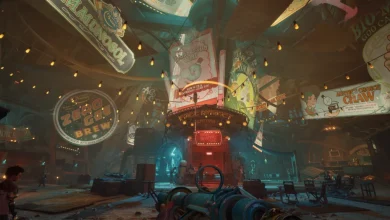It’s official: Earth has a new (temporary) moon
The object is called 2025 PN7, and it was spotted on Aug. 2, 2025, by the Pan-STARRS telescope in Hawaii. Even though it was just discovered, earlier data shows it’s been in this unusual orbit for about 60 years, and it’s expected to stick around for about 60 more, according to EarthSky.
Technically, it’s not a real moon. It’s what scientists call a quasi-moon—a space rock that doesn’t orbit Earth directly but stays nearby in a way that makes it look like it does. It’s orbiting the Sun, just like Earth, but it keeps pace with us so closely that it seems to loop around our planet. According to EarthSky, this happens because it shares Earth’s orbital path in a kind of synchronized motion.
This particular space rock is tiny—only about 50 to 100 feet wide, or roughly the size of a semi-truck or a small house. It’s also extremely dim, which helps explain why it escaped detection until now.
Its movement through space is just as unusual. Sometimes it follows a horseshoe-shaped path relative to Earth, and other times it behaves more like a mini-moon in a looping, quasi-satellite orbit. This pattern shifts over time, and it’s expected to eventually return to a horseshoe orbit as its path changes again.
The study explains that 2025 PN7 is currently in a 1:1 resonance with Earth, meaning it takes the same time to orbit the Sun as we do—about one year. That synchronized motion keeps it near Earth, but it’s never gravitationally bound to our planet like the moon is.
2025 PN7 joins a short list of other known quasi-moons that have briefly kept Earth company, such as Kamo’oalewa, Cardea, and 2023 FW13. Each of these has its own unique orbit and lifespan near Earth. According to the study, PN7’s current quasi-satellite phase will last for about 128 years, making it a relatively short-term visitor compared to some others.
Unlike most space rocks that simply fly past, this one is hanging around, caught in a long, slow-motion loop near our planet. And while it may not be here forever, scientists say it offers a rare window into how small asteroids can temporarily join Earth’s journey around the Sun.





